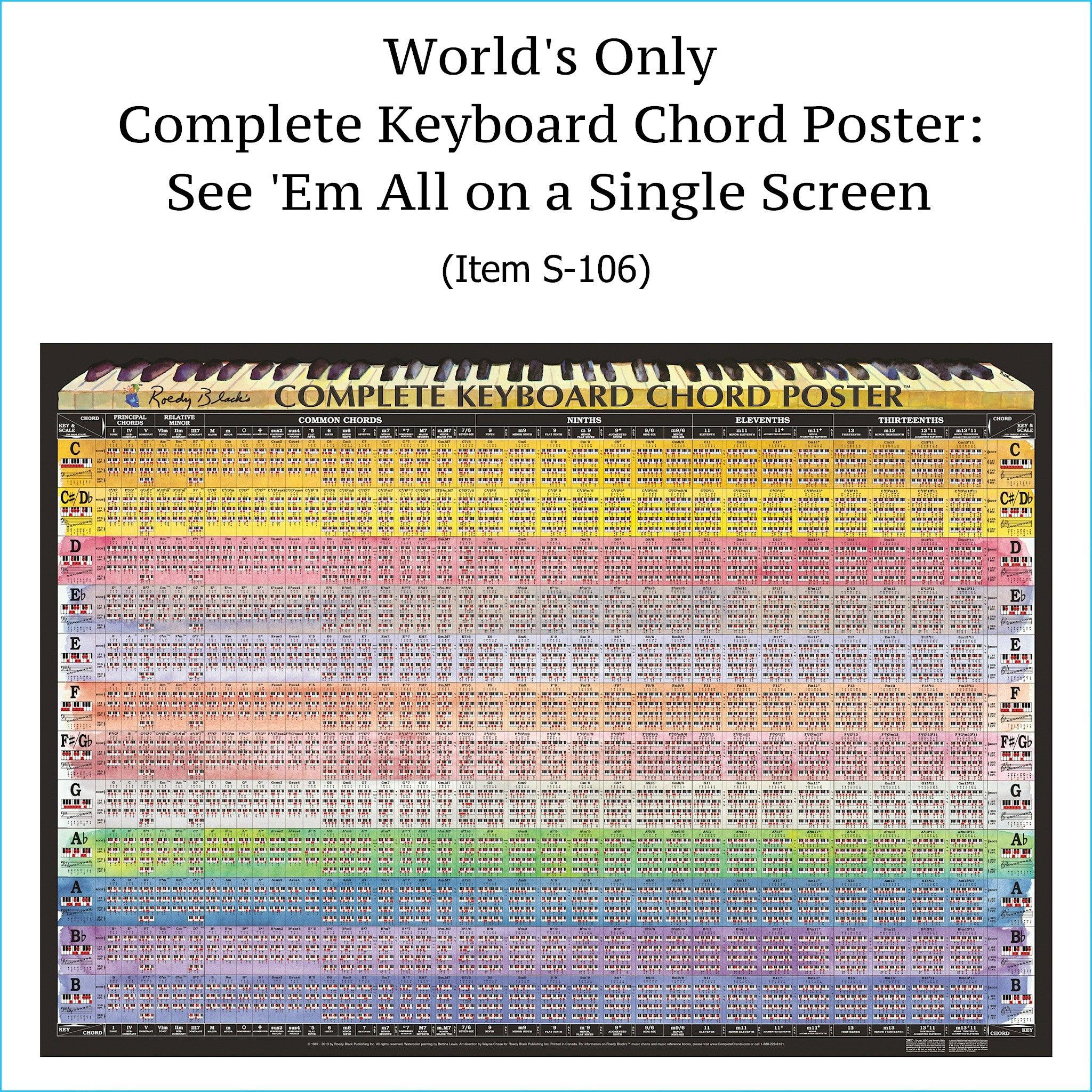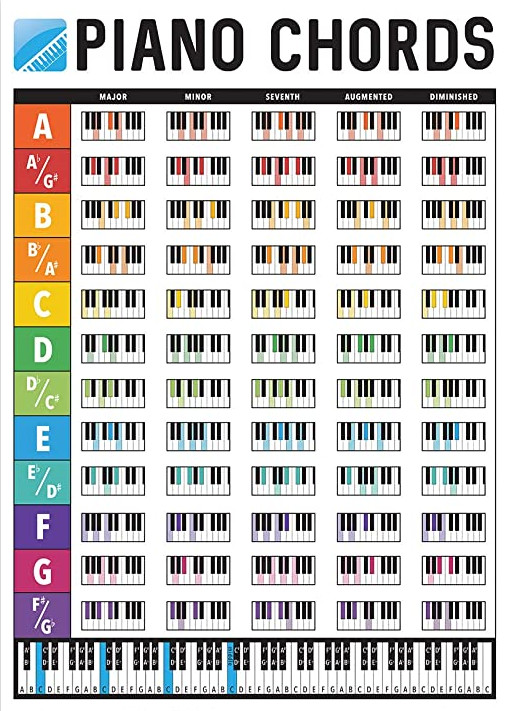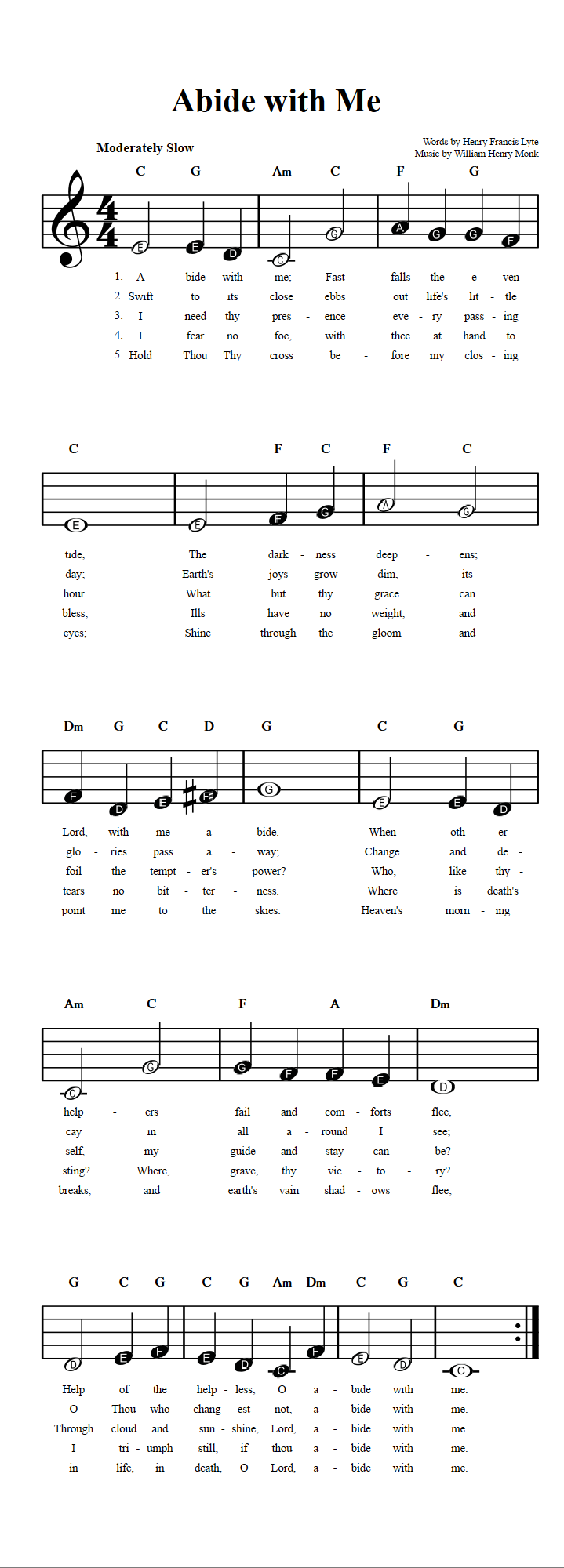Though it was released in 2009, this song written by Brooklyn-based indie pop darlings Grizzly Bear boasts a sound and feel straight out 1960's pop music. The song talks about a lover trying to save their strained relationship. Singer Ed Droste's tenor crooning floats perfectly over simple staccato piano chords in a simple and effective display of contrasts. "Two Weeks" was one of indie rock's most popular piano songs when it was released nearly a decade ago, and it's still widely loved and recognized today. We recommend practicing the chord progressions in this song slowly to the click of a metronome first before attempting to play to the track if you're new to the piano. The piano is not only an instrument, but also a visual representation of the way we understand music theory.
The piano is the perfect place to learn how to build chords and modes. In this article, we'll show you how to play the simplified versions of chords you'll find in popular piano songs. Some of the chords in these songs feature alternative chord voicings, but we'll show you the basic versions to help you get started. Piano Companion is a piano chords and scales dictionary with user libraries and reverse mode with a chord progression builder. Our free app has circle of fifths with compatible chords .
Using circle of fifths and chord progression builder you can compose songs and learn, play chords and scales. You can compose music using our real piano and use your MIDI keyboard to play and record songs. Songs use several chord progressions, and many of them use basic major and minor chords.
Once you've grasped a few of the basic chords, you can begin playing easy songs on piano, and even writing your own songs. There are several types of piano chords including diminished, augmented, major, and minor, but today we'll only focus on the basics. If you can skip numbers, then understanding the minor and major chords is pretty simple.
If I told you to count to five by odd numbers, you'd count 1-3-5, and that's how you'll recognize piano chords as well. For the basic chords, you'll use your first, middle, and pinky fingers on 3 alternating notes. The two most common types of chords are major chords and minor chords. Major chords have a very happy sound to them while minor chords are the exact opposite, sounding very sad.
One of the reasons major and minor chords are so popular is that by mixing them we can get happy, we can get sad, and we can get any human emotion in between. If you know your major and minor chords, you'll be able to play 99% of popular songs out there. The Piano Companion app shows chord and scale notes, degrees, fingering for both hands in major and minor scales – and you can contribute your own custom fingering too. Additionally, you can listen how a scale or chord sounds in the loop or arpeggiated and other music theory information. You can see the list of compatible chords in the selected scale or list of compatible scales for a selected chord.
The reason inversions are so important is they make it a lot easier to play chord progressions, which are different chords in a row in a song. For example, let's say our song starts off with a C major chord and then it moves to an F major chord. This will be really annoying having to move our hand all the way down from the C chord to the F major chord.
This may not seem that challenging, but as a beginner, moving our hands all around the piano will be really challenging as we try to land on the right notes. In this tutorial, you will learn how to play the song, All Of Me by John Legend. You will learn the notes of the melody as well as an easy one note and two notes at a time left hand part. You can practice right from the video and if you like, you may refer to the notes I have included below for your convenience. Start by learning the melody first of all, followed by the left hand part. You can also change the key with our Smart Sheet Music with the click of one button, allowing you to practice this entire lesson in any key.
Minor chords are also very common in rock and pop music. "Comfortably Numb" is an example of a rock song that begins with a minor chord. Most rock and pop songs use a mixture of major and minor piano chords.
Minor chords, like major chords, contain three basic keyboard notes, a root note, third, and fifth. To play a minor chord, select any root note, then count three half-steps up to the third. From the third, count two whole-steps to find the fifth. For the left hand, we're simply going to play the root note of the chord.
The concept of the root note is easy to understand, whatever the name of the chord is, that letter is the root note. So, for the C major chord, the root note is a C. For the C minor chord, the root note is still a C.
Same goes for the G major chord where the root note is a G. So with our E minor, C, G, D chord progression, our left hand will play E, C, G, and D. I want you to repeat these four notes very slowly in order to drill them into your muscle memory. Playing your favorite songs on the piano doesn't have to be difficult. Start out with songs you enjoy and build from there.
Here are five easy pop songs to play on piano for beginners! When you're ready to advance, try taking private piano lessons. After repeating steps 1-4, now take your left hand off the keyboard and put your right hand on. Place your right thumb on the A key closest to middle C, then put your pointer finger on C# and pinky on E. Repeat this sequence, playing it four times per measure (one 4-note repetition per beat).In this song, your right hand has to work a lot faster than your left hand. For all you beginners, the notes are the individual white and black keys you see on the piano or a keyboard.
Chords are groups of three or more notes that you play at the same time. When you play chords in a series, you create chord progressions. This popular song by Sia is one of the easiest pop songs to learn on the piano.
It has a very simple chord structure, so once you get a grip on that it's pretty straight forward. Diminished keyboard chords are less common than major and minor chords, but are still frequently used in rock and pop songs. The most common use of a diminished chord is to transition between two other, more stable-sounding chords. You can hear a diminished chord used in this way in the song "God Only Knows" by The Beach Boys. Before we go any further, I just want to say that the first time you learn this it will take a lot of time. If you just learn these chords and spend the time now, you'll be a lot faster at learning chords in the future.
So, which three notes are we concerned with when building major chords? In order to play a major triad we need to find the root, 3rd, and 5th of the major scale. Playing these three notes together produces the major triad. The Somebody To Love piano chords may be tricky to beginners as the key is Ab, so there are 4 flats in this key. The chords you will mainly use are Ab Bb Db Eb Gb Fm and there will be 7th's of these piano chords used through out. You May see a piano chord as Eb/G – this means you play an Eb chord while playing the Bass Note in the left hand as a G note.
The 13 basic piano chords you will learn are in smaller groups according to their key signatures. After learning these 13 piano chords for beginners, you will see how you can use just a small group of chords to play many kinds of songs. For help learning the full versions of these popular piano songs, we recommend working with a patient and experienced piano instructor. Remember, we've provided simplified chords for these songs, so feel free to add more details into your playing whenever you feel ready. Looking for a good list of easy pop songs for the piano?
I've compiled a huge list of 21 easy pop songs to play on the piano. Every song on this list has a simple structure that can be learned quickly. Whether you're a novice or experienced pianist, these pieces will add a bit of fun to your list of repertoire.
This makes it especially easy to learn the chords because you don't have to use any black notes. It's important to play this scale up and down the piano because it will help you remember the scale. You can use any fingers you want, but the goal will be to memorize all of the notes from the C Major Scale. You can test yourself by playing a random white note on your keyboard and asking yourself what the note is. In the following tutorial, you'll see how you can play these four piano chords with your left hand.
Take minutes to memorize the chords until you can play them effortlessly. The chord symbols in the sheets will help you commit them to memory. Before moving on to the next step, make sure you can play the chords with your left hand without having to look at the keys. When you play these three keyboard notes together, you hear a major triad, which has a happy sound.
Major keyboard chords are used in almost every rock and pop song. Putting all that we've learned together, we'll start with our E minor chord, playing an E with our left hand and B-E-G with our right hand. Again, we're going to alternate between our E minor and C major, playing hands together. In this blog post I'm going to simplify the process and give you a couple of easy step-by-step formulas for finding any major or minor piano chord.
On top of that, I'm even going to give you some downloadable PDF cheat sheets so you can check your answers and find any chord almost instantly. Then, you're going to learn an actual song using chords. As you continue learning about keyboard chords you will benefit from understanding diatonic chords. Click the link below to begin this valuable lessons as an introduction to basic chord progressions. The intervals between these notes work together to create a key.
If I were to play a note outside the key, say a G#, it would be called non-diatonic--meaning that the note is not diatonic, or does not belong, to the key of C major. You then can move on to practicing three-chord and four-chord progressions that are typical in songs. Mastering these will help you grasp and apply beginner piano chords. Chords on the piano typically accompany a melody of some kind. In most cases, your left hand will play the chords, while your right hand will play the melody.
It will be essential to learn to play these chords with either hand, but you can begin learning by first using your left hand to grasp these basic chords. When playing beginner jazz piano, you don't want to have to "think" too much about the left hand chords when improvising a beginner jazz solo. Therefore, you want your chords to be as close together as possible so that you don't have to look at your left hand while it jumps between chords.
Learning the different types of chords and how to play them on the piano is a lot of fun, and opens up doors to understanding and playing all types of music. As you learn more songs, and even write your own, you'll find endless combinations of piano or keyboard chords that create different sounds and moods. The major chords cheat sheet is a basic PDF file with a visual of all the major chords. I recommend printing it off and putting it by your mirror so you can look at it while you're brushing your teeth or looking at it on the subway on your way to work.
This cheat sheet shows you the chords with notes for that chord highlighted and also is organized by the order of notes. So, the first ones list the white-white-white note chords and then the white-black-white chords, followed by the black-white-black chords. You'll be surprised at how beneficial knowing the pattern is when you're memorizing these things. I have always wanted to learn to play the piano but didn't want to take years of weekly lessons before I could play even a simple song.
However, After 1 week of following this easy and step by step course I found HERE, I now could play songs with both hands. This video course has been a gift from Heaven, I never thought I could play with both hands. Begin by placing your left hand on the left side of the piano's keys. In the intro to "Someone Like You," your left hand is responsible for playing the low (or "bass") notes.
The first notes you'll hit are the notes A and E. Press these keys down with your pinky finger and thumb at the same time. Your pinky should be on the second A below middle C, and your thumb on the E above that A.Hold this note for 4 beats. In other words, hold the keys down, then slowly and evenly count, "One, two, three, four." then release them.
To begin learning chord progressions, start again by switching between two chords in the key. You can start with the D major chord and practice alternating to A major and back again. There are many chords that you can play on the piano, and mastering them all may discourage new students. If you don't have a piano, it might be a good idea to get a beginner keyboard like this one. That way you can practice all of these songs whenever you want!
Also, if you're just starting out on the piano, make sure to read my free guide on how to read sheet music here. If you can play the four basic chords with your left hand, you're already halfway there. Now it's time to add the melody with your right hand. Most pop songs are based on a simple standard chord progression of four chords. For simplicity's sake, we'll show you the standard chord progression in the key of C major. You can also transfer them later on to other keys and bring more variation into your playing.


























